1. Octopuses Have Three Hearts (and They Can Taste With Their Arms)

Shutterstock
You probably already know that octopuses are incredibly smart, but did you know that they have three hearts? Two hearts pump blood to their gills, while one pumps it to the rest of their body. And here’s the kicker—octopuses can actually taste with their arms! Their suckers are lined with taste receptors, so as they explore their environment, they can “taste” what they touch. So, the next time you see one, just imagine it tasting every rock or coral it comes in contact with—talk about a multi-sensory experience!
2. Elephants Can Recognize Themselves in a Mirror
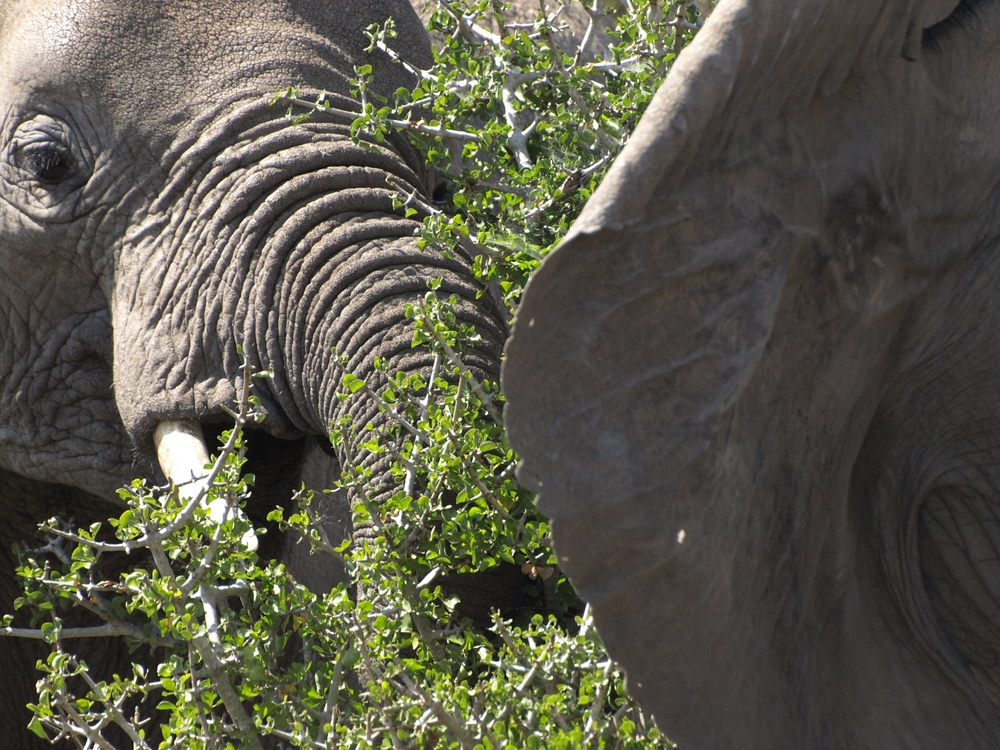
Shutterstock
Self-awareness is often considered a unique trait of humans, but elephants have proven they’re not far behind. In fact, elephants are one of the few animals that can recognize themselves in a mirror, a sign of advanced cognitive abilities. Scientists have tested this by marking elephants with a dot in a place they couldn’t see without a mirror. When they looked at themselves, they immediately went to touch the dot, proving they knew it was them. So, if you ever feel like you need a little “me time,” just imagine a peaceful, reflective elephant!
3. Sharks Can Live for Hundreds of Years
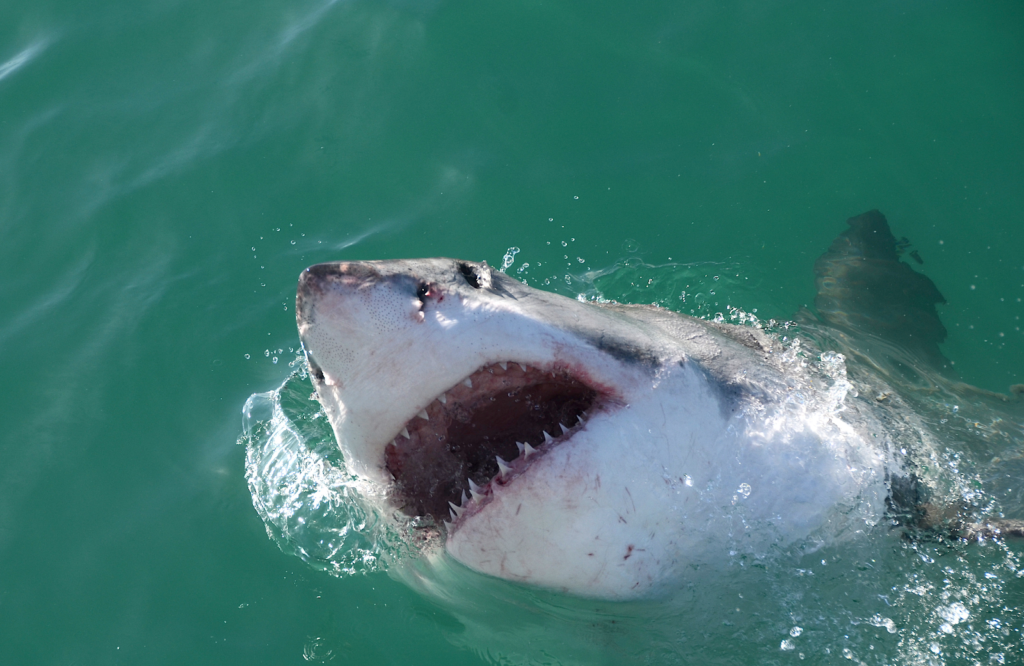
Wikimedia Commons
Sharks have been swimming in the oceans for around 400 million years, and some of them live incredibly long lives—like Greenland sharks that can survive for over 400 years! That’s right, these slow-growing, cold-water sharks have a lifespan that far surpasses even the most long-lived of mammals. It’s like living through centuries of history. Just imagine the things they’ve seen in the deep, dark waters of the Arctic. So, if you thought your pet turtle had a long life, the Greenland shark is a true underwater elder with wisdom beyond measure.
4. Crows Can Use Tools and Have Incredible Memory

Shutterstock
Crows are often seen as clever birds, but their intelligence goes far beyond what you might think. Not only can they use tools—like using sticks to extract insects from tree bark or even crafting hooks—but they also have impeccable memory. Some species of crows are known to remember individual human faces for years, and if you’ve ever wronged them, they’ll remember that too. Imagine a crow holding a grudge! With their cognitive abilities rivaling primates, crows are showing us that bird brains are more sophisticated than we ever thought possible.
5. Sloths Only Poop Once a Week
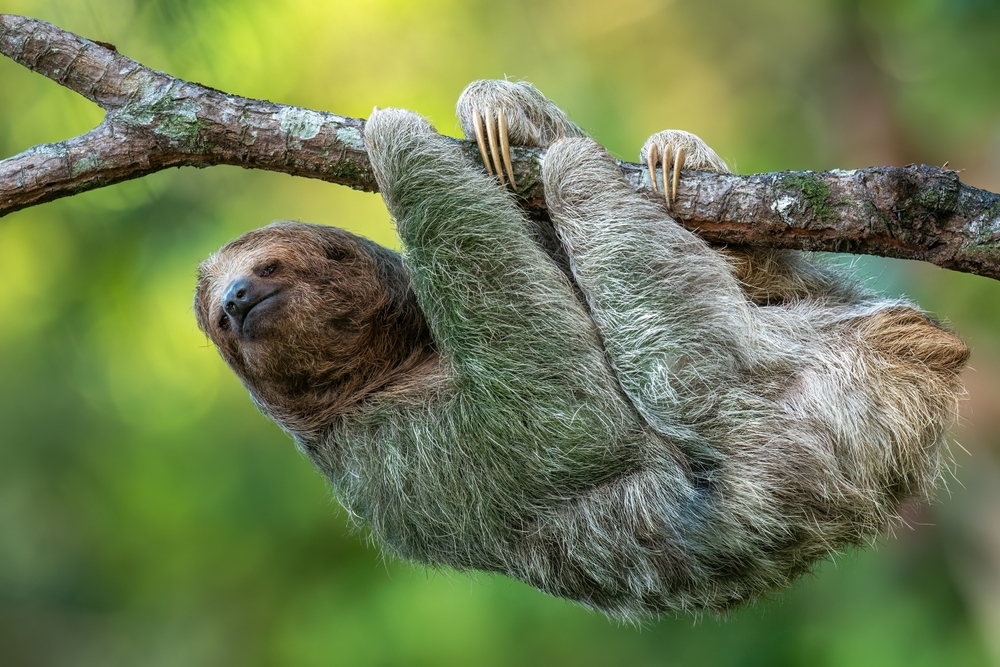
Shutterstock
If you’ve ever watched a sloth hang out in a tree, you might think their slow, relaxed lifestyle extends to every aspect of their existence—but wait until you hear about their poop schedule. Sloths only go to the bathroom about once a week! And it’s not just an easy process; they venture down from the treetops to do their business, making the whole experience a slow and dangerous endeavor. So, while you’re worrying about your own bathroom breaks, just think about how much calmer sloths have it. Their motto? “Go slow, and take your time.”
6. Tardigrades Can Survive in Space
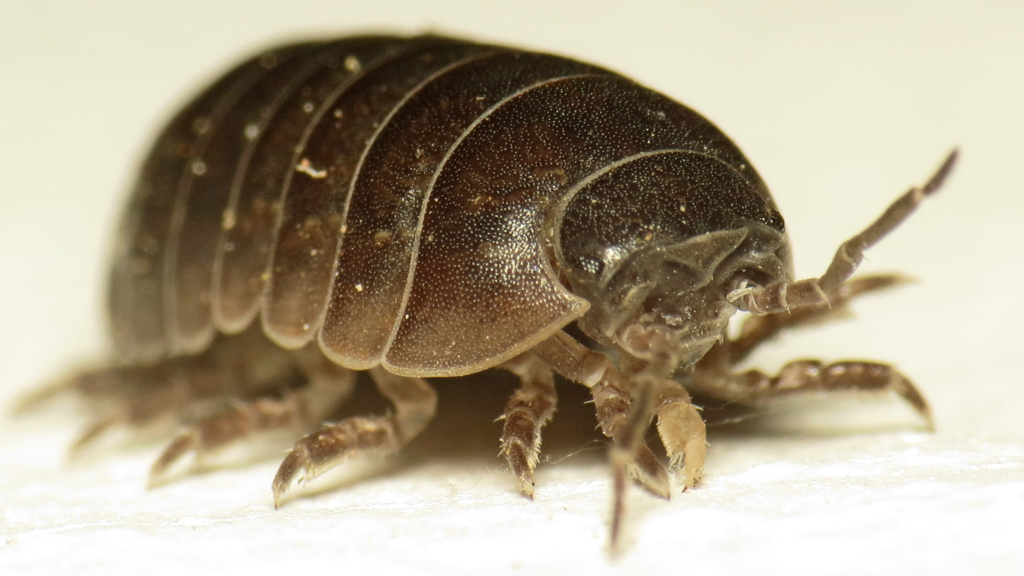
Wikimedia Commons
Tardigrades, or “water bears,” are the toughest creatures you’ll ever hear of. These microscopic animals can survive in almost any extreme condition, including the vacuum of space! When exposed to the harsh environment of outer space, tardigrades were able to survive without water, with no food, and under intense radiation. Scientists have sent them into space, and they’ve even returned alive. It’s as if tardigrades have unlocked the secret to surviving any disaster, making them the ultimate survivors. Perhaps we should all take a lesson in resilience from these tiny but mighty creatures!
7. Koalas Have Fingerprints Almost Identical to Humans
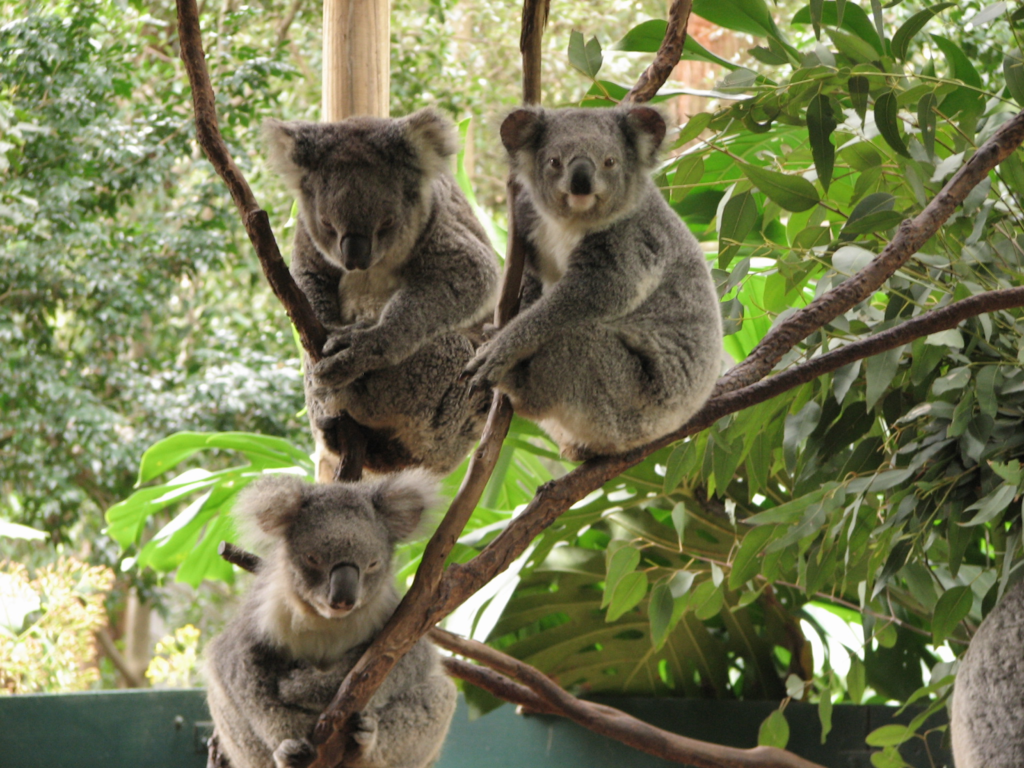
Wikimedia Commons
It might sound like a strange claim, but koalas share an amazing trait with humans: they have fingerprints! In fact, a koala’s fingerprints are so similar to ours that even under a microscope, it’s nearly impossible to tell the difference. These unique markings help them grasp tree branches as they climb through the eucalyptus forests. So, the next time you see a koala snuggled up in a tree, just know that its tiny, fuzzy fingers are uniquely patterned, almost like nature’s own version of a secret ID card.
8. Honeybees Can Recognize Human Faces
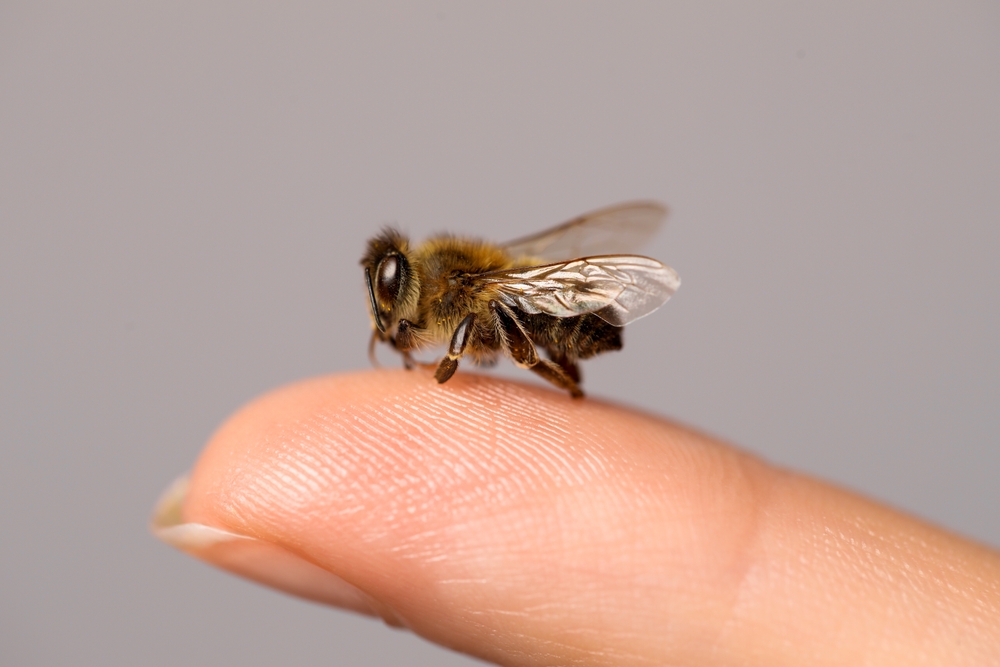
Shutterstock
Imagine a bee flying up to you and giving you a knowing look. It might sound strange, but bees are actually capable of recognizing and remembering human faces! Researchers have found that honeybees use a similar technique to how humans process faces: by breaking them down into their key features and creating mental maps. This helps bees navigate their environments and recognize flowers or their favorite humans. So, while you’re busy worrying about the bees buzzing around, remember—they’re paying attention to you, and not just your sweet-smelling flowers.
9. Mantis Shrimp Have the Most Complex Eyes in the Animal Kingdom
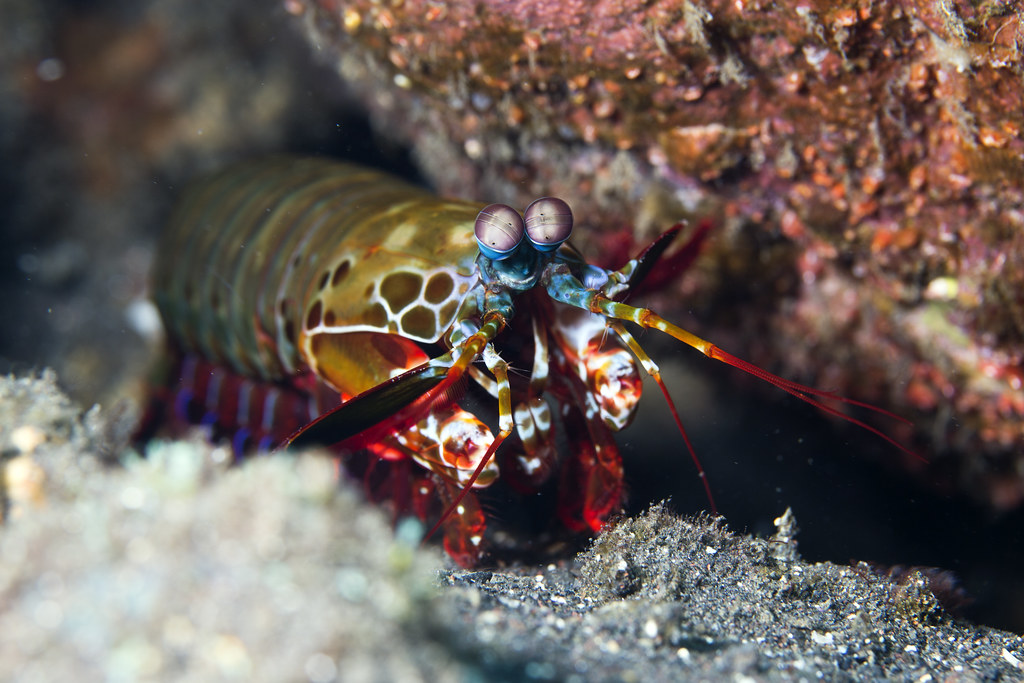
Flickr
If you think your eyesight is good, wait until you hear about the mantis shrimp. These tiny creatures have the most complex eyes in the animal kingdom, capable of seeing 12 to 16 types of color receptors, compared to the three we have. Their eyes work independently of one another, allowing them to process an incredible amount of visual information. They can detect polarized light, something that’s completely invisible to humans. So, while we’re stuck in our three-dimensional color world, mantis shrimp are seeing a rainbow we can only dream of!
10. The Heart of a Blue Whale Weighs as Much as a Car
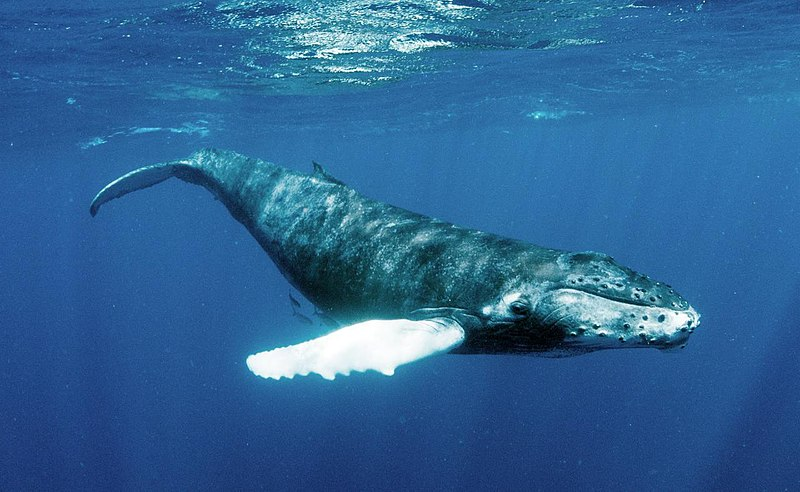
Wikimedia Commons
Blue whales, the largest animals to have ever lived on Earth, aren’t just impressive in size—they have a heart to match. The heart of a blue whale can weigh as much as a small car (around 400 pounds!). Imagine the power needed to pump that massive organ through their enormous bodies. Their hearts are so large that a small child could swim through their arteries. It’s a reminder of the sheer scale of these ocean giants and how the natural world can produce living creatures of incredible magnitude.
11. Axolotls Can Regrow Limbs (and Even Their Heart and Brain)
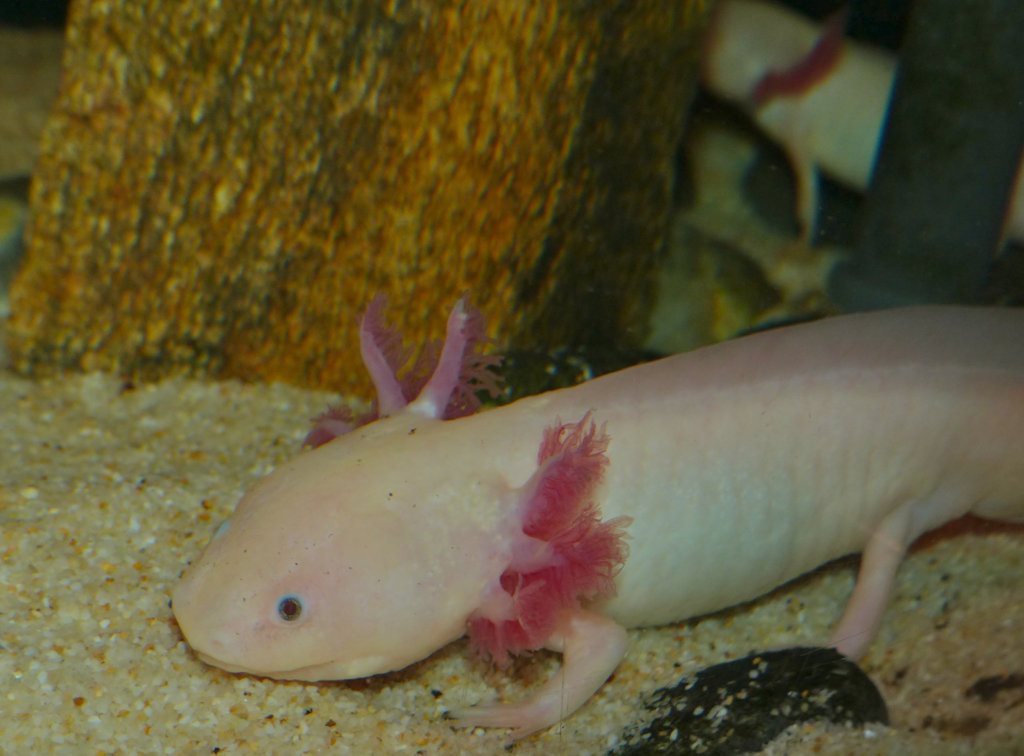
Wikimedia Commons
Meet the axolotl, the ultimate regenerative superstar. This adorable Mexican salamander is capable of regrowing not just its limbs, but also its spinal cord, heart, and even parts of its brain. This ability makes the axolotl a fascinating subject for scientists studying tissue regeneration and healing. If humans had this superpower, who knows what we could heal or regrow! Sadly, this talent is something we’ll need to admire from a distance—at least for now. Still, wouldn’t it be incredible if one day we could tap into a bit of that axolotl magic?
12. Wolves Can Communicate Over Long Distances Using Their Howls
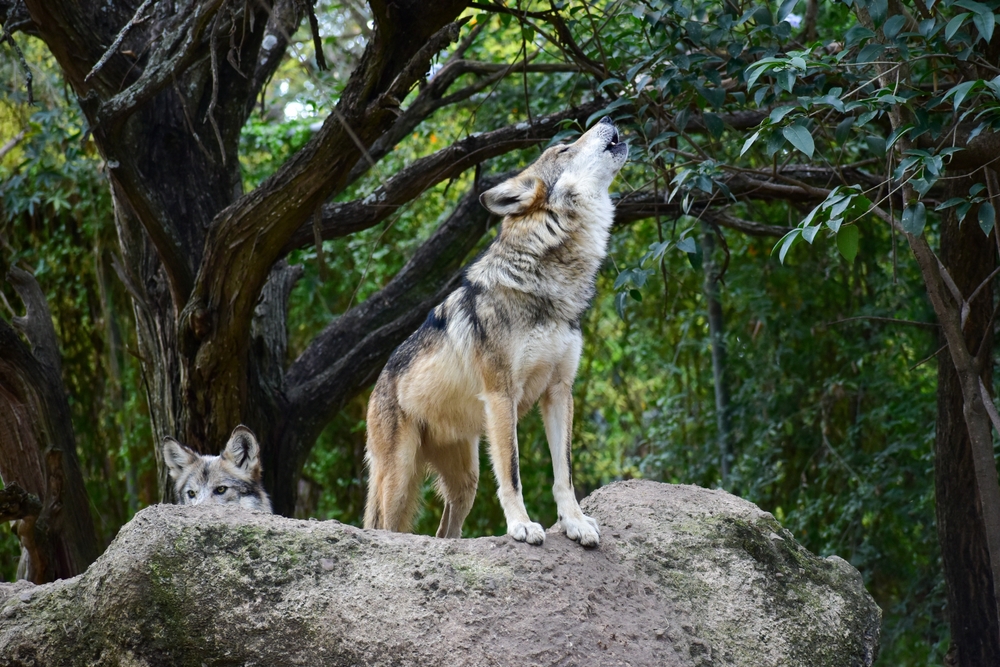
Shutterstock
Ever wondered how wolves manage to find each other in the vast wilderness? They communicate over surprisingly long distances using their howls. A wolf’s howl can carry up to six miles in the right conditions! This vocalization serves many purposes: it helps wolves locate one another, coordinate hunts, and even claim territory. So, when you hear a wolf howl in the distance, it’s not just a random noise—it’s part of a well-organized communication system that keeps the pack connected and thriving in the wild.
13. Parrots Can Mimic Human Speech With Amazing Accuracy
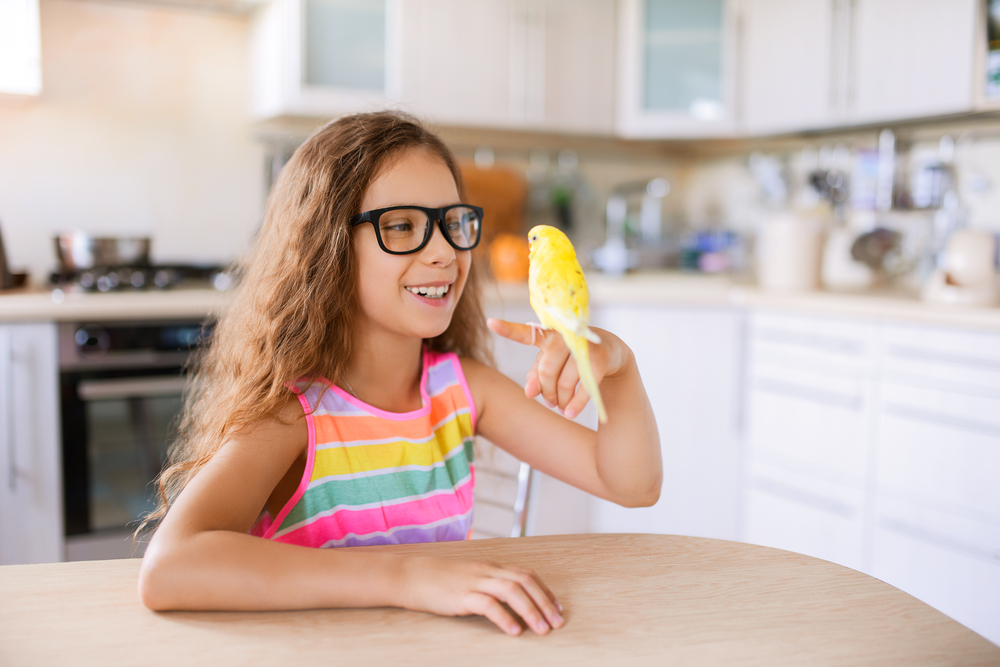
Shutterstock
Parrots have long been known for their ability to mimic human speech, but some species can do it with an astonishing level of accuracy. African grey parrots, in particular, are capable of imitating sounds and even understanding the context behind certain words. They don’t just repeat phrases; they can use them in conversation, showing a deeper level of intelligence. It’s not just about saying “hello” or “goodbye”—these clever birds can ask for food, answer questions, and even identify objects by name. Next time you meet a parrot, be prepared for a chat!
2025 might be the year of some truly wild and mind-boggling discoveries, but these animal facts are already setting the bar pretty high. Nature always finds a way to amaze us, and it’s exciting to think what new revelations might emerge in the years to come. Keep your eyes peeled—there’s always more to learn!


